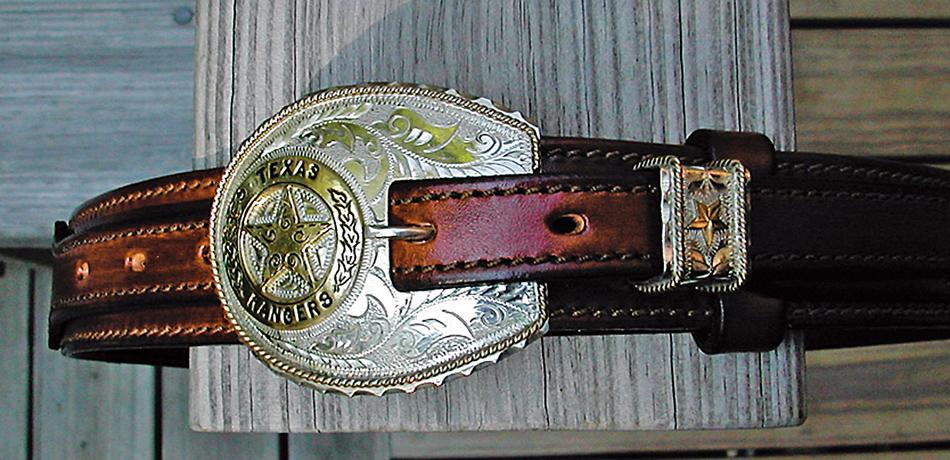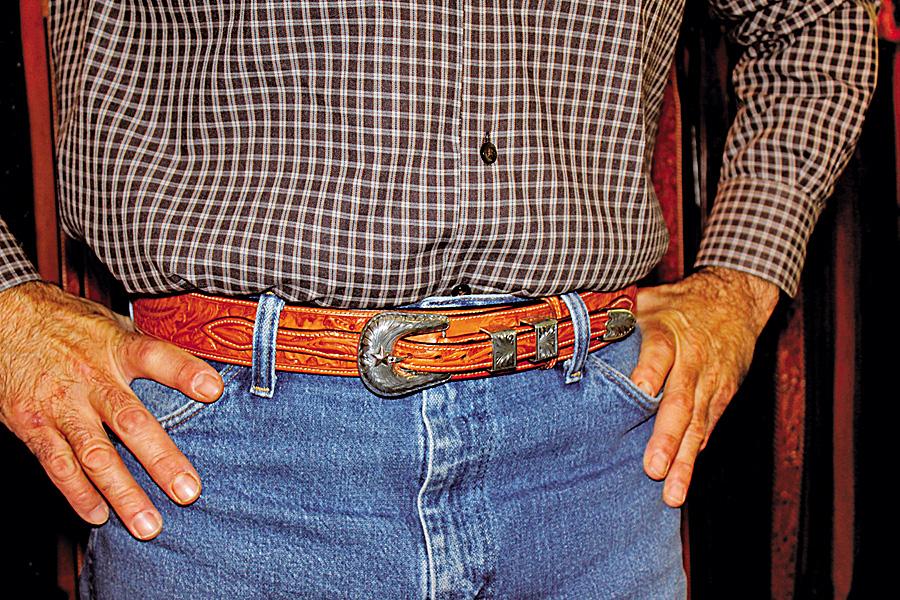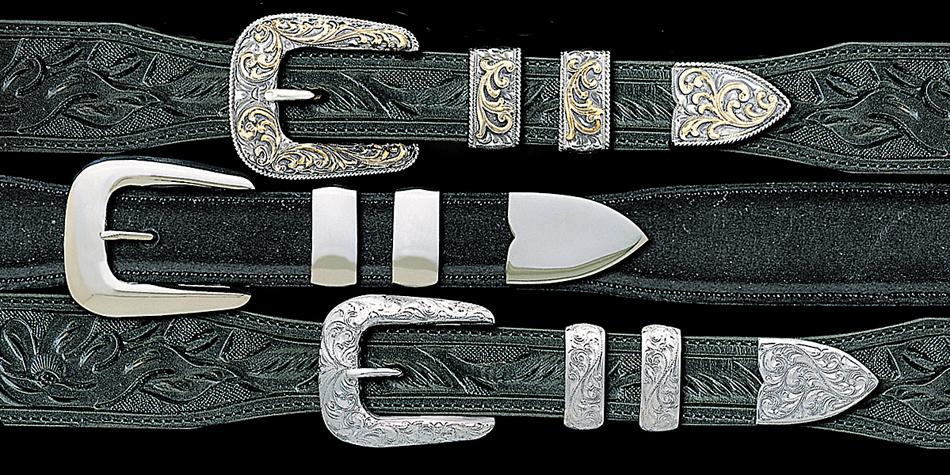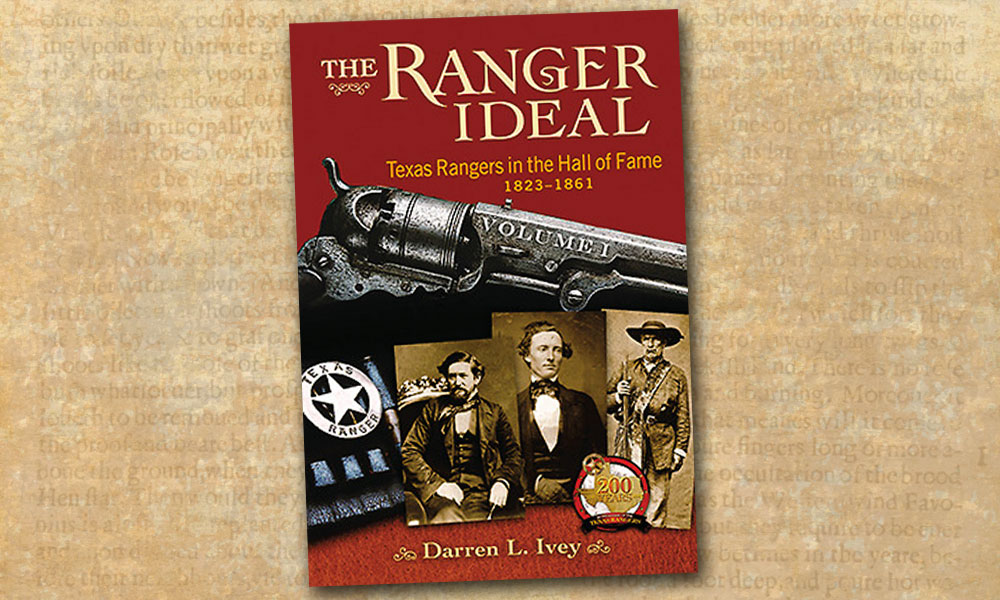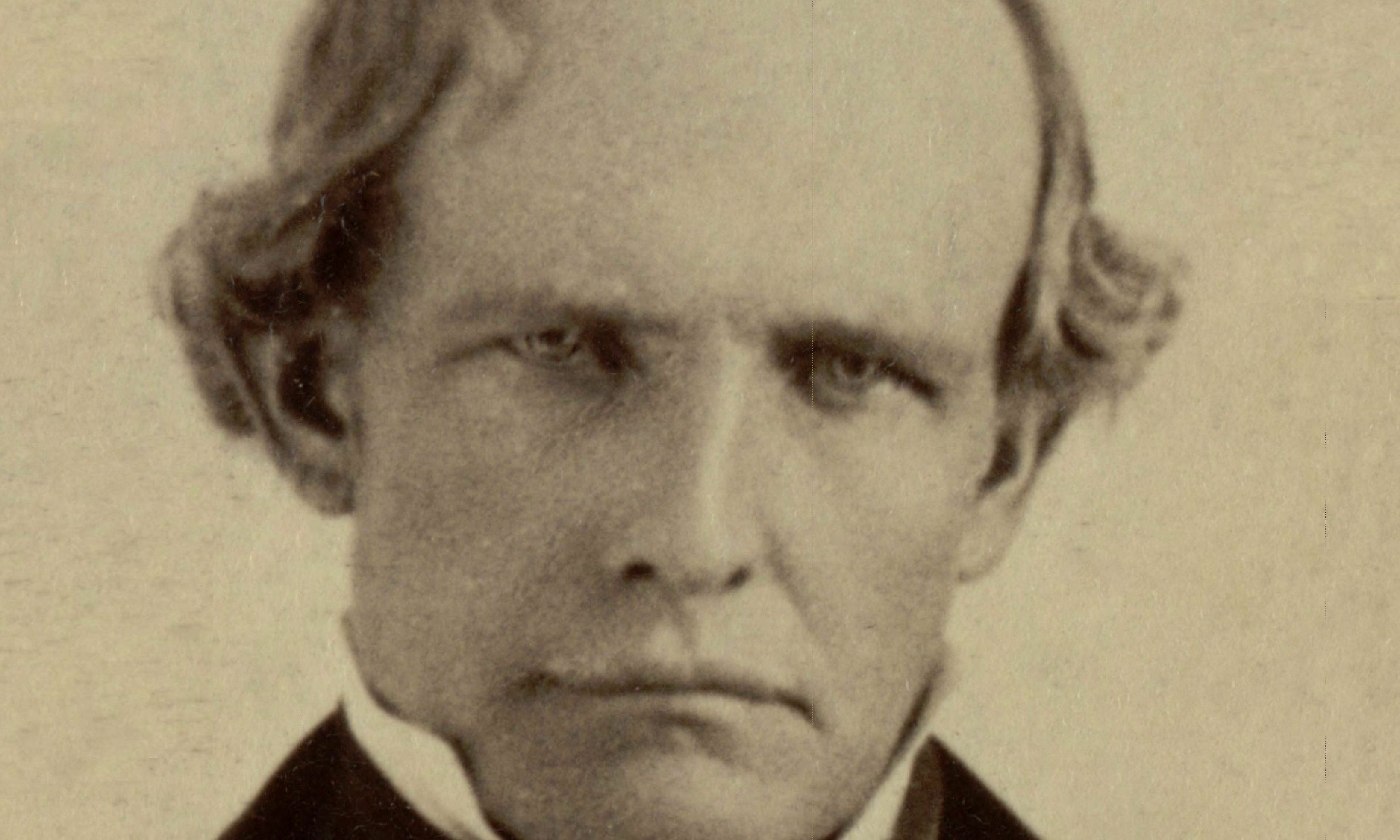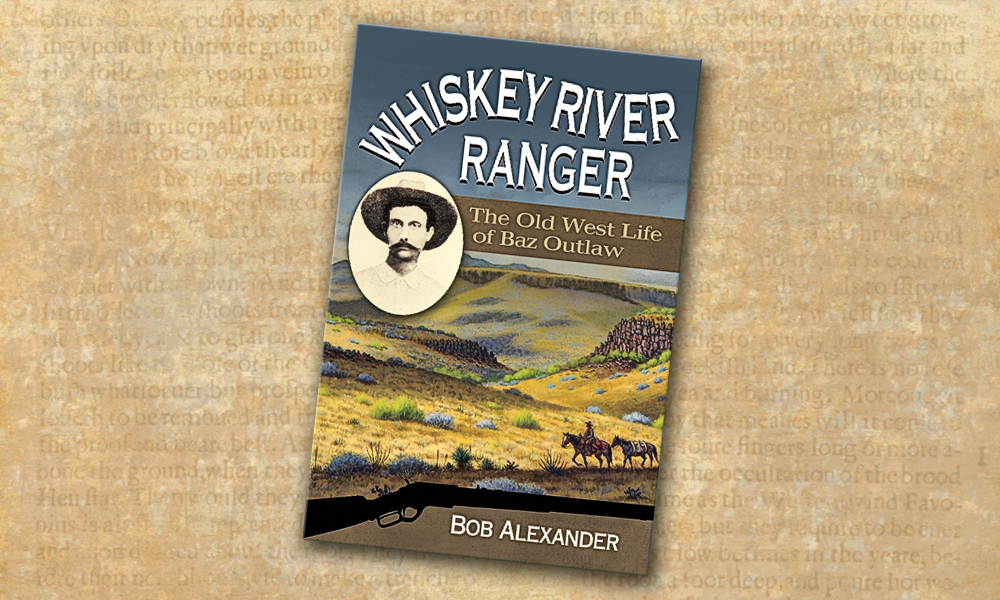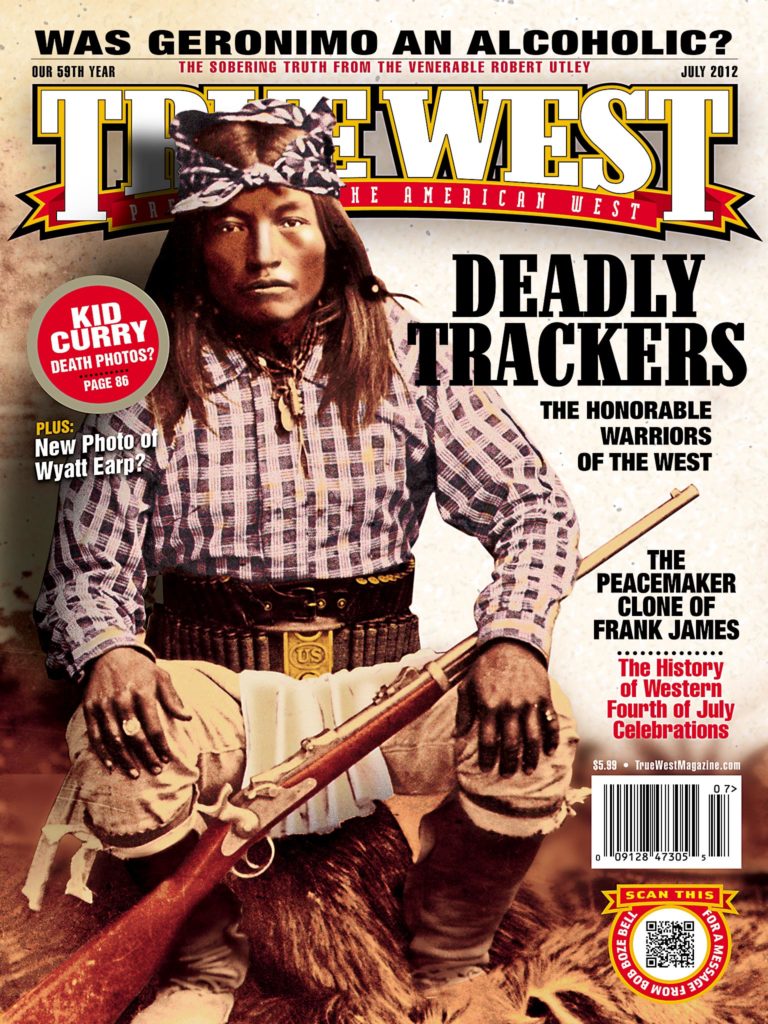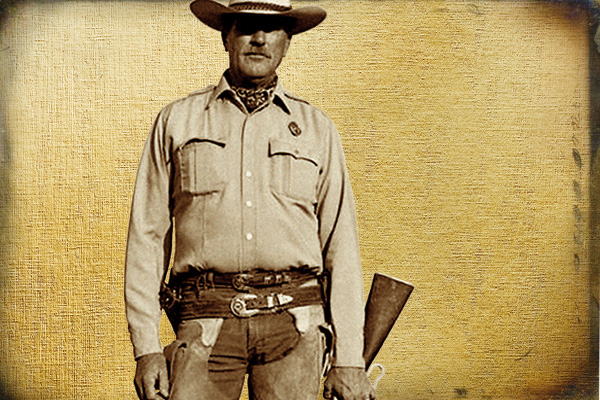
The desperate clash between 14 Texas Rangers led by John Coffee Hays and 70 or more Comanches in the Texas Hill Country in June 1844 left 23 Comanches dead on the ground—including their chief, Yellow Wolf—and another 30 wounded.
The Rangers suffered one killed and four wounded. The Battle of Walker Creek lionized the Rangers and established the usefulness of repeating pistols in close combat.
Walker Creek also set the stage for a classic American fashion accessory.
Among the wounded in that battle was a young Ranger named Samuel Walker. On recovery, Walker joined the U.S. Army and met with industrialist Samuel Colt to help persuade the Army to buy Colt’s repeating pistol. During this relationship, Walker suggested changes to the design of the popular Colt Paterson that made the weapon easier and faster to reload. The 1847 single action revolver became known as the Walker Colt. The improvements also increased the weight of the fully-loaded gun to nearly five pounds.
The six-gun’s heft made impractical the common practice of stuffing a pistol into the waistband of the bearer’s pants, or into a cloth sash tied around the waist or hips meant to secure pistols, knives and other means of self-defense. Belts were not in common use at the time as pants were high-waisted and tightened with a cinch at the back, or supported with suspenders over the wearer’s shoulders. Thus, these Colts were carried in holsters mounted on saddles.
With Colt’s introduction of the roughly half-pound lighter Dragoons the next year, it was natural that someone would light on the idea of crafting a leather scabbard for it because the revolver was light enough to carry on his side without pulling down his pants. Even so, most people stuck their pistols in their waistbands as late as the 1870s.
The gun belts and holsters that came out in the mid-1840s did not have cartridge loops because the guns were all cap and balls. Early cartridge belts in the 1870s-1880s used what came to be known as the Ranger style, with shorter, narrower and more flexible billet straps sewn onto the wider cinch strap (similar to cinch straps on Western saddles). The billets also extended the useful life of the gun belt as the straps were easy to replace when the leather wore out from repeated bending and twisting. This new gun belt became an integral part of the unofficial “uniform” of Texas Rangers and, later on, lawmen, outlaws and other gunslingers throughout the old West—and in Hollywood movies.
The Ranger trouser belt probably did not turn up until the 1920s when the waistlines on men’s pants began to go south and belts became both necessary and fashionable.
Western belts have traditionally been wider and heavier than most fashion belts—and made from saddle leather. The widest belts often feature the same tooling and stamped designs seen on saddles. A saddle maker probably designed the narrower, holster-less version of the Ranger gun belt. That Ranger belt became a classic piece of Americana and the perfect platform for three-piece buckle sets. Today’s popular tapered belt style is likely based on the Ranger belt design.
G. Daniel DeWeese coauthored the book Western Shirts: A Classic American Fashion and has written about Western apparel for more than 25 years. Firearms Editor Phil Spangenberger contributed to this article.



